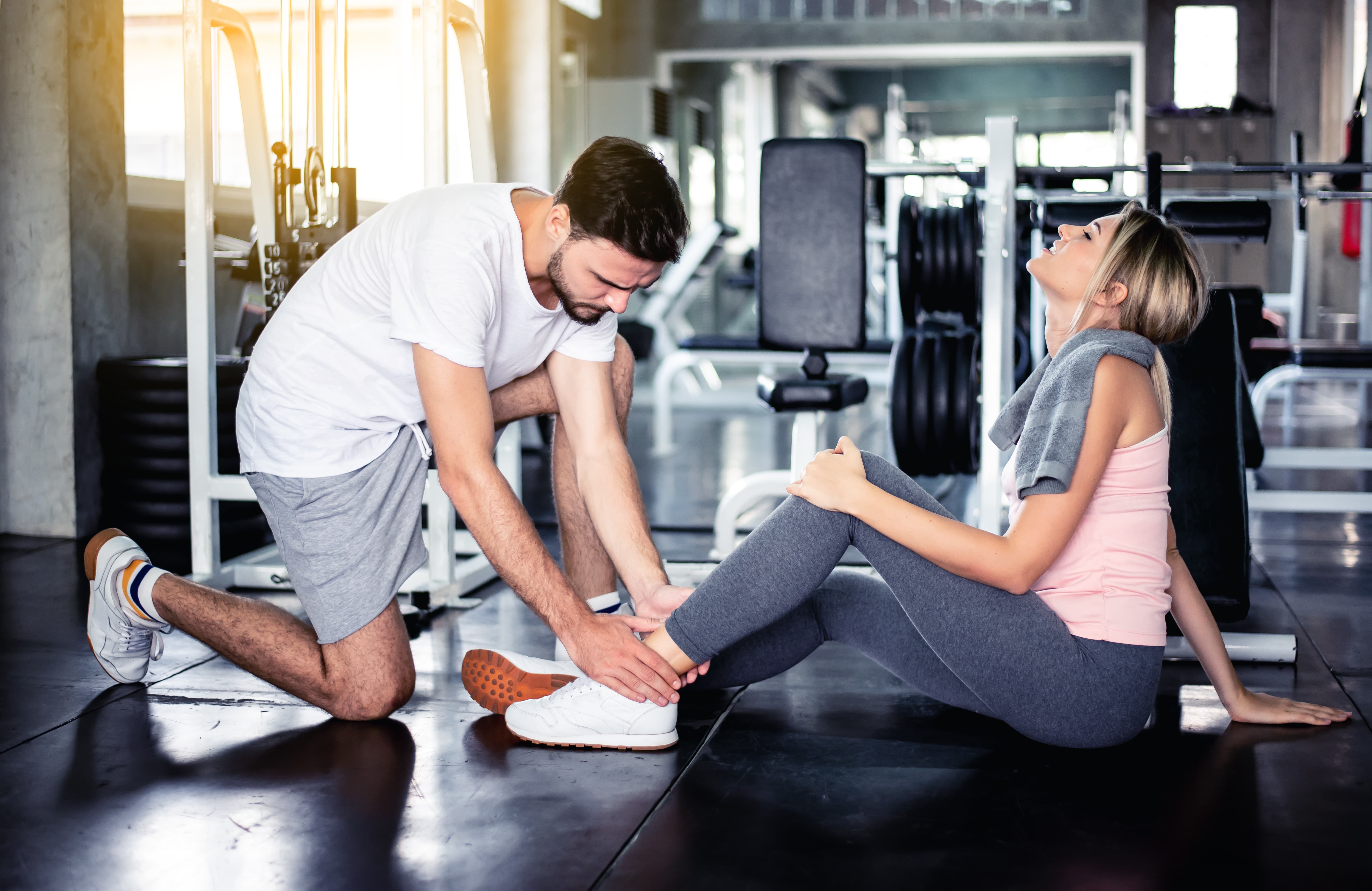We know that exercise is one of the cornerstones to a healthy life. It does involve all kinds of physical movements that provide you plenty of benefits. You’ll build muscle, lose weight, and even keep your mind sharp.
Yet, the possibility of experiencing discomfort during or even after a workout still exists. The problem is people may not know when to stop. They may think they’re fine – but they may be doing more damage to their body than they realize.
Below I discuss soreness vs pain. I show you what to do in order to make a determination of whether you are dealing with something minor or a kind of pain that makes you say “woah, let’s stop”. Let’s begin with what you need to know.
Defining Post-Workout Soreness
Post-workout soreness or delayed onset muscle soreness (DOMS) is common after you engage in physical activity. This is typical in situations where you may be increasing the intensity or duration of your workouts. Such discomfort can occur anywhere between 24 to 48 hours after your exercise session.
You may experience muscle stiffness, tenderness, and a reduced range of motion. This soreness is just a natural response to microscopic damage that occurs in your muscle fibres due to intense exercise. When the body repairs and strengthens these muscles, this soreness will set in.
Identifying Normal Soreness
When it comes to identifying normal soreness, you need to know a few things so you can determine the best course of action. Let’s take a look at a few key tips you should follow:
- Know the location of discomfort: Typically, normal soreness will be localized to the muscles you focused on during your workout. However, if you feel such pain in your ligaments, joints, or an area that is unrelated to the muscle you’ve engaged, you’ll need to address the issue as soon as possible as it may be a sign of an injury.
- Intensity and duration: Post-workout soreness will usually peak between 24 to 72 hours after a session. It will slowly dissipate soon after. Such normal soreness is manageable and should not interfere with your daily life.
- Consistency: Occasional soreness after an intense and challenging workout is normal. However, chronic or persistent pain that lingers after a lengthy period of time can be a sign of a possibly serious issue. Address it accordingly as failure to do so can lead to an increased likelihood of injury – especially as you get older.
Distinguishing Soreness from Pain
The ability to recognize soreness from pain is crucial. It is important that you know what is what in any given situation. Here are some of the key factors to consider:
- If you experience pain that is sharp, shooting, or stabbing during or after an exercise – this can indicate an injury. If it is sudden and intense, stop working out and seek medical attention.
- Swelling and inflammation should not be overlooked. If you notice swelling around a joint or muscle, this is a surefire sign of an injury. Inflammation that persists beyond the post-workout time frame will need medical attention as soon as possible.
- You can move around in order to improve normal soreness. Do not go into complete rest as this could worsen the problem.
- A limited range of motion can be a sign of trouble. Especially if it is significantly limited. Make sure that your joints are able to move through the full range. If not, then medical attention is needed.
Do your body a favour and listen to it
It’s easy for us to ignore our bodies when it’s trying to say that something is wrong. This is a dangerous thing to do. If you notice any pain, swelling, or inflammation – then you need to make sure it is taken care of promptly.
Know the difference between normal soreness and pain where attention is required. Don’t take chances and make things worse.
If you want excellent pain relief from intense workouts, Omax Health has performance recovery supplements designed to ensure you feel better fast.
The sooner the pain is dealt with, the better. If you are healing from an injury, you may need to refrain from physical activity. You can resume it when you are cleared by a medical professional to do so.





